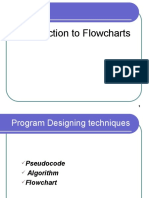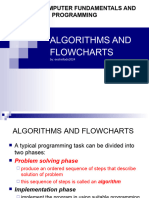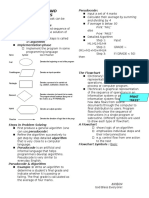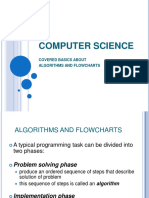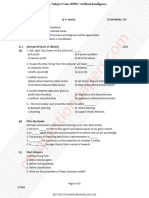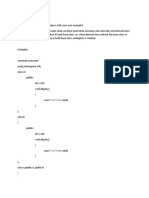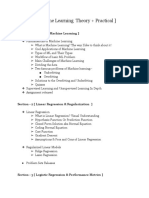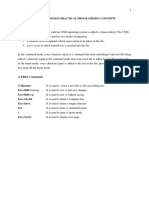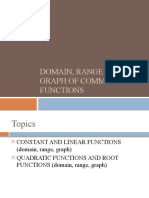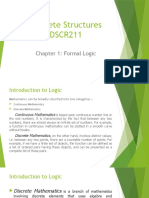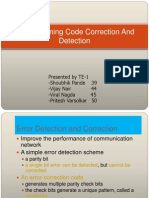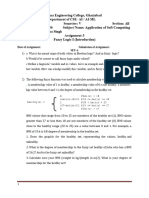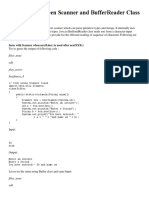0% found this document useful (0 votes)
32 views28 pagesAlgorithm & Flowcharts
The document is a curriculum guide for teaching Python to beginners in Classes IX and X, focusing on algorithms and flowcharts. It outlines the importance of algorithms, their characteristics, and provides multiple examples and activities for students to practice writing algorithms and drawing flowcharts. Additionally, it includes step-by-step instructions for solving specific problems using algorithms and flowcharts.
Uploaded by
admynusrCopyright
© © All Rights Reserved
We take content rights seriously. If you suspect this is your content, claim it here.
Available Formats
Download as PDF, TXT or read online on Scribd
0% found this document useful (0 votes)
32 views28 pagesAlgorithm & Flowcharts
The document is a curriculum guide for teaching Python to beginners in Classes IX and X, focusing on algorithms and flowcharts. It outlines the importance of algorithms, their characteristics, and provides multiple examples and activities for students to practice writing algorithms and drawing flowcharts. Additionally, it includes step-by-step instructions for solving specific problems using algorithms and flowcharts.
Uploaded by
admynusrCopyright
© © All Rights Reserved
We take content rights seriously. If you suspect this is your content, claim it here.
Available Formats
Download as PDF, TXT or read online on Scribd
/ 28











